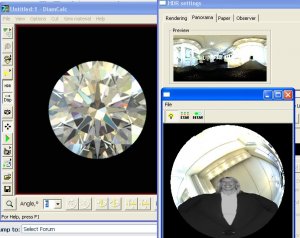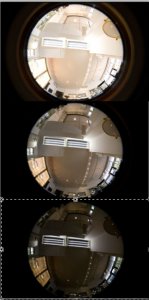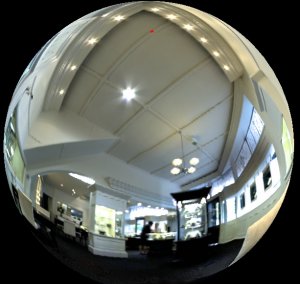- Joined
- Aug 4, 2008
- Messages
- 14,724
Date: 5/8/2010 10:18:33 AM
Author: oldminer
If one is going to ''measure'' light return and light performance, one must uise a tool which is sensitive over the entire potential range of light return, from total dark to maximum concentrated light. In order to do this, one must use only enough light that no matter how much is refracted and concentrated back to the measuring sensor, that the sensor will not become overexposed and beyond its capacity to measure the amount of returning light. This means then that the lighting used to measure the effectiveness of cut cannot be super strong as the maximum returned must not exceed the ability fo the measuring sensor to differentiate that maximum from amounts below the maximum amount. Too much light used will make less than a maximum return potentially measure the identically as a greater amount returned to the sensor. Overwhelming the measuring sensor leads to improper assessment of the effectiveness of the cut and the light return.
Selecting a proper standardized lighting environment is critical to making such assessments in a repeatable and meaningful way. Using strong lighting which blows out the ability of the sensor to discriminate at the top end will create errors in which diamond cut has the greatest light return capability. The greatest light return capability does not automatically equate to the best cut or the best diamond. But, it is a solid, objective measure, which can be counted on when a grading scale is created based on human preferences.
measuring the light is not a huge issue.
The issue with any machine that says it measures diamond performance is the type of lighting.
diffused lighting? Many small light points? A mix of the 2? How much of a mix? Maybe a white dome with some black? maybe a 2 colored dome? 3 colored? 10 colored? back light?
Which is the right lighting to use?
There are literally millions of different lighting conditions in the real world.
Any diamond will have different looks to some degree in each of those lighting conditions.
In which one should diamond light performance be measured?






300x240.png)